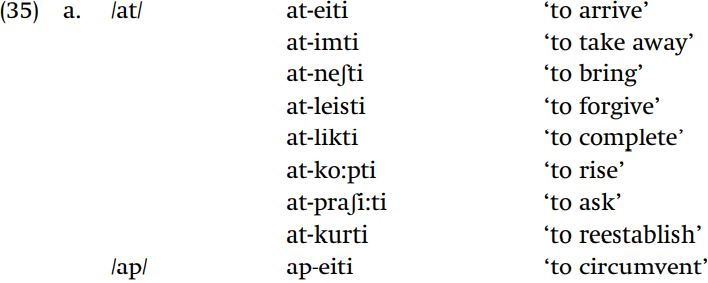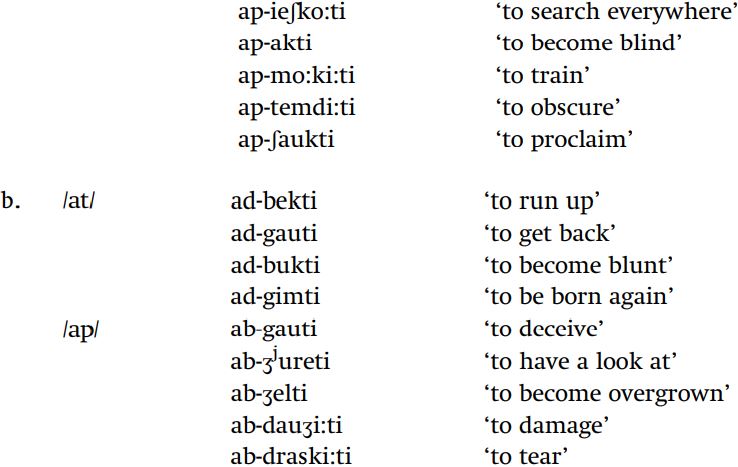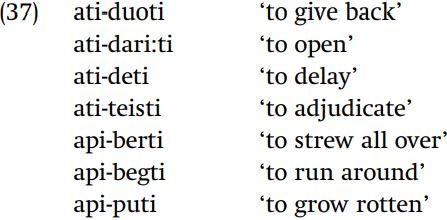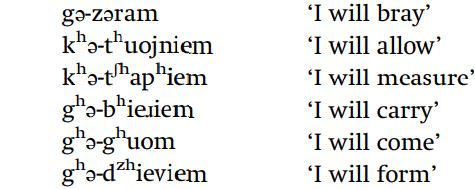x

هدف البحث
بحث في العناوين
بحث في المحتوى
بحث في اسماء الكتب
بحث في اسماء المؤلفين

اختر القسم
موافق


Grammar


Tenses


Present

Present Simple

Present Continuous

Present Perfect

Present Perfect Continuous


Past

Past Continuous

Past Perfect

Past Perfect Continuous

Past Simple


Future

Future Simple

Future Continuous

Future Perfect

Future Perfect Continuous

Passive and Active


Parts Of Speech


Nouns

Countable and uncountable nouns

Verbal nouns

Singular and Plural nouns

Proper nouns

Nouns gender

Nouns definition

Concrete nouns

Abstract nouns

Common nouns

Collective nouns

Definition Of Nouns


Verbs

Stative and dynamic verbs

Finite and nonfinite verbs

To be verbs

Transitive and intransitive verbs

Auxiliary verbs

Modal verbs

Regular and irregular verbs

Action verbs


Adverbs

Relative adverbs

Interrogative adverbs

Adverbs of time

Adverbs of place

Adverbs of reason

Adverbs of quantity

Adverbs of manner

Adverbs of frequency

Adverbs of affirmation


Adjectives

Quantitative adjective

Proper adjective

Possessive adjective

Numeral adjective

Interrogative adjective

Distributive adjective

Descriptive adjective

Demonstrative adjective


Pronouns

Subject pronoun

Relative pronoun

Reflexive pronoun

Reciprocal pronoun

Possessive pronoun

Personal pronoun

Interrogative pronoun

Indefinite pronoun

Emphatic pronoun

Distributive pronoun

Demonstrative pronoun


Pre Position


Preposition by function

Time preposition

Reason preposition

Possession preposition

Place preposition

Phrases preposition

Origin preposition

Measure preposition

Direction preposition

Contrast preposition

Agent preposition


Preposition by construction

Simple preposition

Phrase preposition

Double preposition

Compound preposition


Conjunctions

Subordinating conjunction

Correlative conjunction

Coordinating conjunction

Conjunctive adverbs


Interjections

Express calling interjection


Grammar Rules

Preference

Requests and offers

wishes

Be used to

Some and any

Could have done

Describing people

Giving advices

Possession

Comparative and superlative

Giving Reason

Making Suggestions

Apologizing

Forming questions

Since and for

Directions

Obligation

Adverbials

invitation

Articles

Imaginary condition

Zero conditional

First conditional

Second conditional

Third conditional

Reported speech


Linguistics

Phonetics

Phonology


Semantics


Pragmatics

Linguistics fields

Syntax

Morphology

Semantics

pragmatics

History

Writing

Grammar


literature


Reading Comprehension

Elementary

Intermediate

Advanced
Voicing and epenthesis
المؤلف:
David Odden
المصدر:
Introducing Phonology
الجزء والصفحة:
130-5
29-3-2022
670
Lithuanian. Another example which illustrates how an earlier rule can change a form in such a way that a later rule can no longer apply is found in Lithuanian. There is a process of voicing assimilation in Lithuanian whereby obstruents agree in voicing with an immediately following obstruent. This rule applies in the following examples to the verbal prefixes /at/ and /ap/.


We would assume that the underlying forms of the prefixes are /at/ and /ap/, and that there is a rule which voices obstruents before voiced obstruents.

The alternative hypothesis would be that the prefixes are underlyingly /ad/ and /ab/. However, there is no natural context for describing the process of devoicing. Although devoicing of voiced obstruents before voiceless obstruents is quite natural, assuming that the prefixes have underlying voiced obstruents would also require the consonant to be devoiced before vowels and sonorant consonants, in order to account for the supposed derivations /ad-eiti/ ! [ateiti], /ab-eiti/ ! [apeiti], /ad-neʃti/ ! [atneʃti], and /ab-mo:ki:ti/ ! [apmo:ki:ti]. But there is clearly no rule prohibiting voiced obstruents before vowels and sonorants in this language (in fact, no language has ever been attested with a rule of consonant devoicing where the conditioning environment is a following vowel). On the basis of this reasoning, we conclude that the prefixes have underlying voiceless consonants.
When the initial consonant of the root is an alveolar stop, the vowel [i] appears after the prefix /at/, and similarly when the initial consonant is a bilabial stop, [i] is inserted after the consonant of /ap/.

Given just the voicing assimilation rule, you would expect forms such as *[adduoti], *[abberti] by analogy to [adbekti] and [abdauʒi:ti]. Lithuanian does not allow sequences of identical consonants, so to prevent such a result, an epenthetic vowel is inserted between homorganic obstruent stops (ones having the same values for the place of articulation features).

The ordering of these rules is important: epenthesis (38) must apply before voicing assimilation, since otherwise the prefix consonant would assimilate the voicing of the root-initial consonant and would then be separated from that consonant by the epenthetic vowel. The result of applying the voicing assimilation rule first would be to create [adduoti], [abberti], and then this would undergo vowel epenthesis to give incorrect *[adiduoti], *[abiberti]. If, on the other hand, epenthesis is the first rule applied, then underlying /at-duoti/ becomes [atiduoti] and /ap-berti/ becomes [apiberti]. Epenthesis eliminates the underlying cluster of obstruents, preventing the voicing rule from applying.
Armenian. Interestingly, a similar pair of rules exists in the New Julfa (Iran) dialect of Armenian, but they apply in the opposite order. If rules apply in a particular order, you would expect to find languages with essentially the same rules A and B where A precedes B in one language and B precedes A in another: this is what we find in comparing Armenian and Lithuanian.
The first-singular future prefix is underlyingly k-, as shown in (39a), where the prefix is added to a vowel-initial stem. That /k/ assimilates voicing and aspiration from an obstruent which immediately follows it underlyingly (but not across a vowel). In addition, initial consonant clusters are broken up by an epenthetic schwa. As the data in (39b) show, the prefix consonant first assimilates to the initial consonant of the root, and then is separated from that consonant by schwa.


The difference between this dialect of Armenian and Lithuanian is that vowel epenthesis applies before consonant assimilation in Lithuanian but after that rule in Armenian, so that in Armenian both epenthesis and assimilation can apply to a given word, whereas in Lithuanian applying epenthesis to a word means that assimilation can no longer apply.